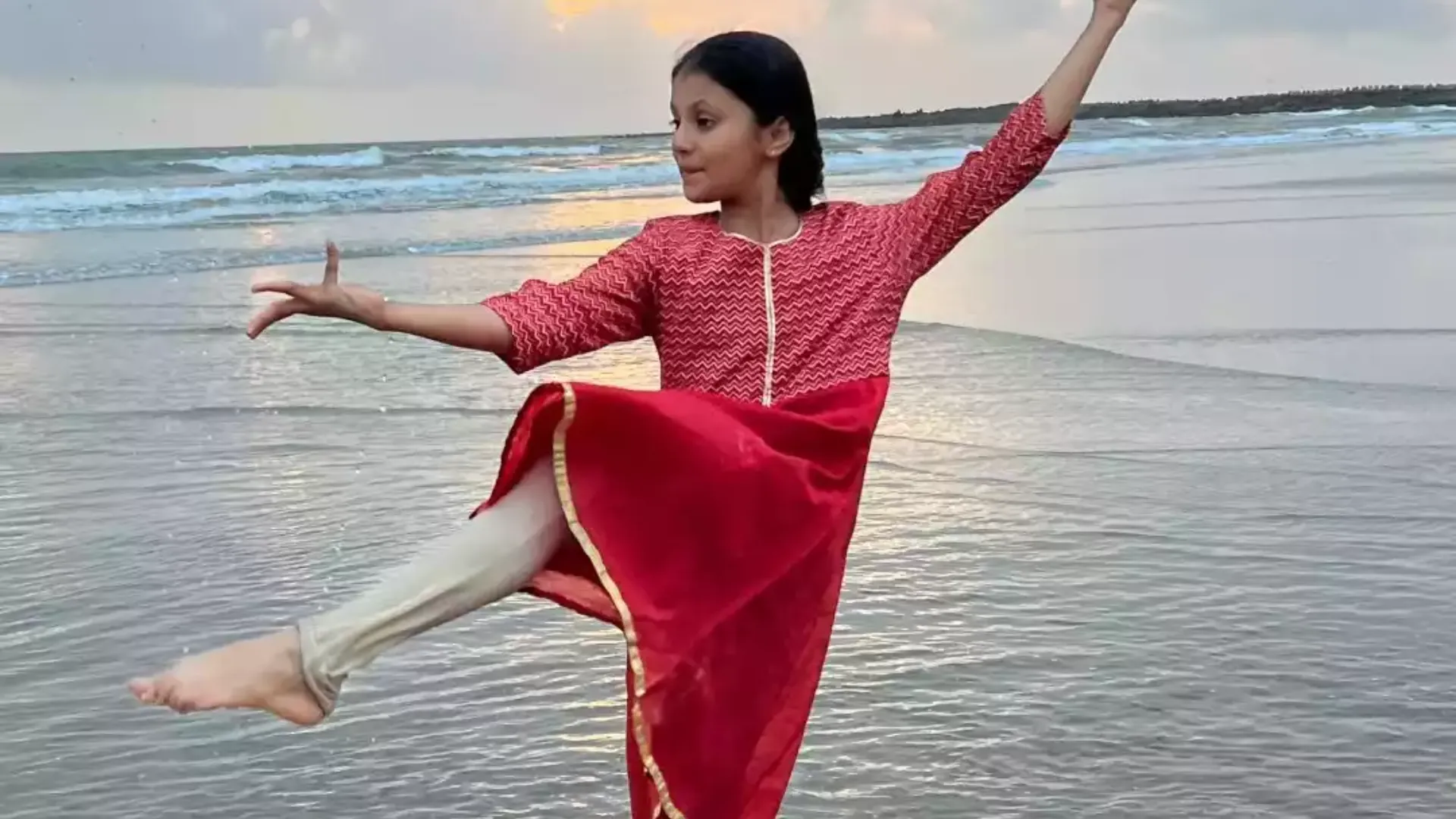Thousands of artists have come together to demand that the renowned auction house Christie’s cancel its upcoming sale of AI-generated artwork, arguing that artificial intelligence is being used to commit “mass theft” of human creativity. The controversy has intensified as concerns grow over AI models trained on copyrighted works without the artists’ consent.
The auction, named “Augmented Intelligence,” is set to begin on February 20 and marks the first-ever AI-focused sale by a major auction house. Christie’s has listed 20 lots for sale, with prices ranging from $10,000 to $250,000. The collection includes works from prominent AI artists such as Refik Anadol and the late Harold Cohen, a pioneer in AI-generated art.
Artists Demand an Immediate Halt to the Auction
A public letter urging Christie’s to cancel the auction has garnered over 3,000 signatures from artists, including Karla Ortiz and Kelly McKernan, who are currently suing AI companies for allegedly using their works without permission to train image-generation tools.
The letter states: “Many of the artworks you plan to auction were created using AI models that are known to be trained on copyrighted work without a licence. These models, and the companies behind them, exploit human artists, using their work without permission or payment to build commercial AI products that compete with them.”
It further criticizes Christie’s for endorsing these AI-generated pieces, adding: “Your support of these models, and the people who use them, rewards and further incentivizes AI companies’ mass theft of human artists’ work.”
The demand for halting the auction underscores a broader concern among creative professionals, who argue that AI companies are using their copyrighted works to train machine learning models, resulting in unauthorized reproductions of their styles and techniques.
AI vs. Copyright: An Ongoing Legal Battle
The debate over AI-generated art has become a major battleground between artists and technology companies. Over the past year, a series of lawsuits have been filed by artists, authors, and music labels, challenging AI firms on alleged copyright infringement. These legal battles have raised crucial questions about intellectual property rights in the age of AI and whether AI-generated works can or should be commercialized without the original artists’ consent.
One of the leading voices in this movement, British composer Ed Newton-Rex, has also signed the letter against Christie’s. He claims that at least nine of the artworks in the auction were produced using AI models trained on artists’ copyrighted works.
However, Christie’s has defended its decision to go ahead with the sale, stating that in most cases, the AI tools used to create the works were trained on the artists’ own inputs rather than unauthorized materials.
A spokesperson for Christie’s said: “The artists represented in this sale all have strong, existing multidisciplinary art practices, some recognized in leading museum collections. The works in this auction are using artificial intelligence to enhance their bodies of work, and in most cases, AI is being employed in a controlled manner, with data trained on the artists’ own inputs.”
Artists Respond: Divided Opinions on AI Art
While many artists remain strongly opposed to AI-generated artwork, some of those involved in the auction have rejected the criticism. British artist Mat Dryhurst, whose work is included in the sale, stated that he deeply cares about the intersection of AI and art but believes the debate should focus on corporate policies rather than individual artists experimenting with new technologies.
“This is of interest to us, and we have made a lot of art exploring and attempting to intervene in this process, as is well within our rights,” said Dryhurst.
He further added: “It is not illegal to use any model to create artwork. I resent that an important debate that should be focused on companies and state policy is being focused on artists grappling with the technology of our time.”
Another artist featured in the auction, Refik Anadol, also dismissed the criticism. In a post on social media platform X, he described the backlash as a result of **”lazy critic practices and doomsday hysteria.”
A Growing Conflict Between Art and AI
As AI-generated art gains traction in the mainstream art world, the conflict between traditional artists and technology-driven creators is only intensifying. While some see AI as an innovative tool that expands artistic possibilities, others fear it undermines human creativity and violates intellectual property rights.
With lawsuits against AI companies piling up and protests against AI art auctions growing, the question remains: Will the art world find a way to coexist with artificial intelligence, or is this just the beginning of a larger struggle for the future of artistic expression?























